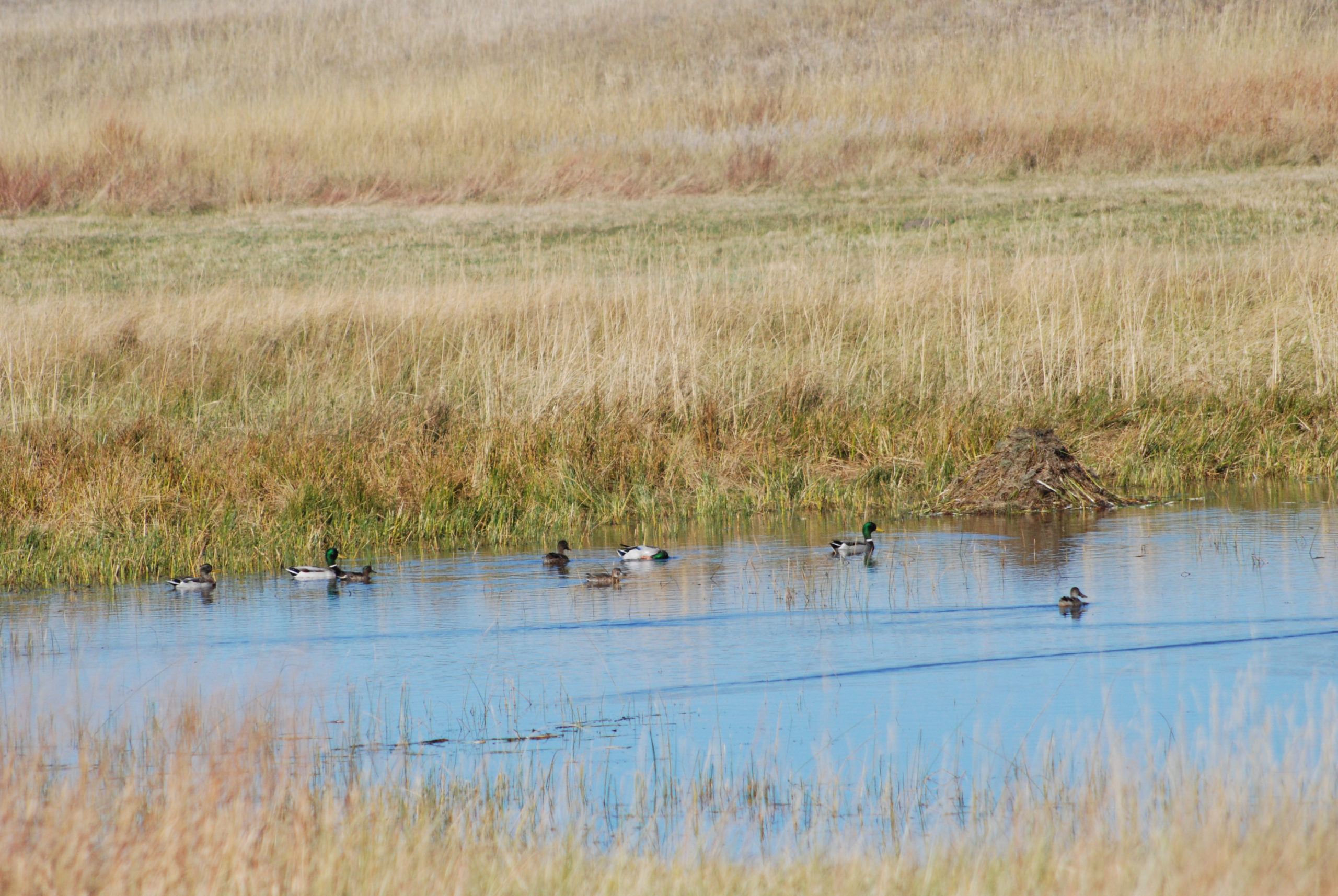The U.S. Environmental Protection Agency (USEPA) and Army Corps of Engineers claimed a small victory in July when a U.S. District Court granted a motion to stay the lawsuit brought by Texas, Idaho, and several industry groups against the USEPA’s Waters of the United States (WOTUS) rule. Judge Jeffrey Brown of the Southern District of Texas ruled the lawsuit will be suspended until the final WOTUS rule amendments are published in the Federal Register. The plaintiffs will have 21 days to propose how the lawsuit’s proceedings will be governed after the amended WOTUS rule is published for public comment.
The definition of WOTUS became effective in all but two States on March 20, after a Federal judge granted an injunction to block WOTUS from going into effect in Texas and Idaho. The same judge denied a request from construction and trade groups to grant a nationwide injunction because the entities “did not show that they or their members face irreparable harm.”
Less than a month later, a Federal judge in North Dakota issued a preliminary injunction against the implementation of WOTUS. The ruling includes 24 States that jointly filed in North Dakota, including Montana, South Dakota, Utah, and Wyoming. The WOTUS rule remains in effect in 24 States.
USEPA and the Army Corps of Engineers say WOTUS restores essential water protections that were in place prior to 2015 under the Clean Water Act (CWA) for traditional navigable waters, the territorial seas, interstate waters, as well as upstream water resources that significantly affect those waters. Both say WOTUS will strengthen fundamental protections for waters that are sources of drinking water while supporting agriculture, local economies, and downstream communities.
However, critics say WOTUS is contrary to the congressional intent of the CWA, and it infringes on the ability of the States to regulate their own natural resources. USEPA says the rule returns to a reasonable and familiar framework founded on the pre-2015 definition with updates to reflect existing Supreme Court decisions, the latest science, and established limits that appropriately draw the boundary of waters subject to Federal protection.
Future issues of The Update newsletter will provide information as the legal battle surrounding WOTUS inevitably continues.

